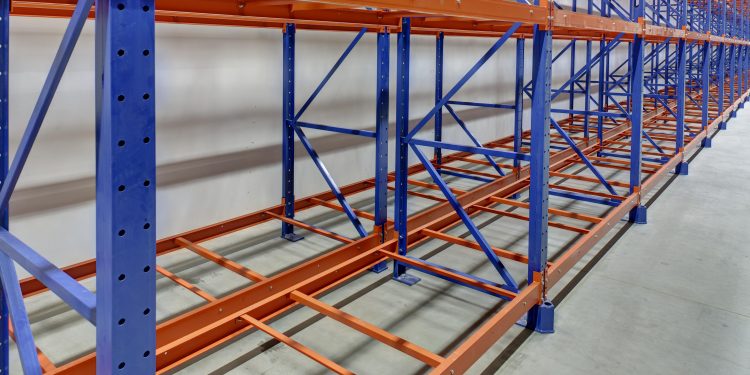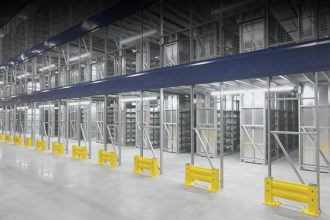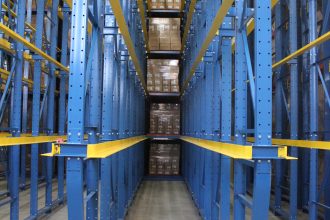New Employee Training: The Basics of Loading and Unloading Your Rack

When you bring in new hires, essential training includes rack loading/unloading safety.
Working in the material handling industry brings with it plenty of safety risks. In fact, in the warehouse, one in 20 employees is injured every year, according to statistics from the U.S. Bureau of Labor. One of your best defenses against worker injury is ensuring they are trained in safe operations around any and all equipment, including racks. That means focusing your training efforts on the proper loading and unloading. Warehouse safety and awareness should be on the mind of all warehouse employees. Good safety practices start with good training and management follow through.
Common areas of concern include rack damage, which can lead to collapse; correct pallet placement within racks so that they don’t fall; placing the right load in a rack so that the rack doesn’t fail; and ensuring loads are stable on the pallets before placing them on the rack.
Proper loading and unloading begins with safe construction of the racks. Ensure you set up your racks on a floor slab that is adequate to support the rack level. The rack uprights must be installed plumb (Refer to the ANSI MH16.1 standard).
Employees should be trained on how to properly load and unload the product. Training can include a mixture of video content and in-person training, followed by practice time so that the new worker feels confident in their skills—something a supervisor should oversee. This is especially important because once the employees begin regular shifts, they will be under time constraints and could easily make mistakes if not trained properly.
When training staff on proper loading, ensure they understand the load capacity of all shelves so that they do not overload the shelves or the rack bay, which can lead to dangerous and damaging collapses. Also teach them to place an even number of pallets on shelves, if that’s attainable, in order to keep staff safe when working in and around the racks. They should understand even placement across the rack’s beams to evenly spread out the weight of the pallets and loads.
Another safety issue to teach employees is ensuring the loads on the pallets are in good, stable shape. If there are loose cartons or boxes that aren’t shrink-wrapped on the pallets, they could fall off and hit a person below.
When it comes to unloading racks, many of the same safety measures for loading should remain in place. Is your aisle width adequate for lift trucks and other equipment to pass through, make the turns necessary and get into place for safe unloading? This can be an issue for loading and unloading pallets.. Employees might be tempted to climb into the racking in these cases, which is a definite safety hazard. Emphasize to the employees that they should not climb into the racks.
Finally, within every warehouse there is likely to be a variety of racking with a variety of unloading and loading techniques. Work with your racking partner to learn the differences and then: Teach your employees the specifics of all the types they will work with so that no matter which they work with, they can keep safety front and center.


